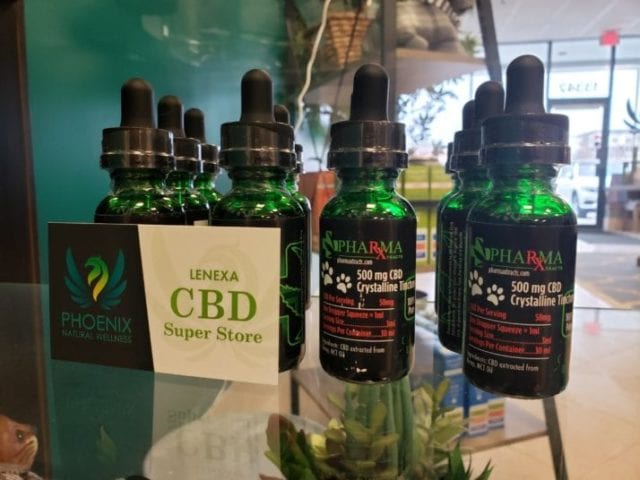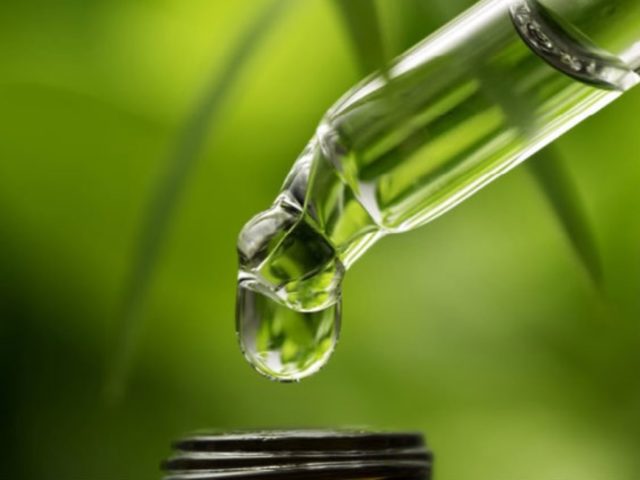THC Consumption Methods: Smoking, Vaping

As the popularity of cannabis continues to grow, consumers are presented with a variety of THC consumption methods beyond traditional smoking. Each method offers unique advantages and considerations, from vaping to edibles and topical applications. In this blog post, we’ll delve into the different THC consumption methods available, explore their effects on the body, and discuss factors to consider when choosing the right method for you.
Smoking
Smoking cannabis remains one of the most common and traditional methods of consuming THC. Whether rolled into joints, smoke from pipes, or through water pipes (bongs), smoking involves inhaling the smoke produced by burning dried cannabis flowers. This method provides a rapid onset of effects, with users typically feeling the effects within minutes. However, smoking can also irritate the lungs and throat, and long-term use may be associated with respiratory issues.
Vaping
Vaping has gained popularity as an alternative to smoking, offering a potentially safer way to inhale THC. Vaping involves heating cannabis or cannabis concentrates at lower temperatures than smoking, producing vapor rather than smoke. This method is preferred by many users for its smoother inhalation experience and reduced exposure to harmful toxins found in smoke. Vape pens and cartridges are convenient and discreet options for consuming THC on the go, although concerns have been raised about the safety of certain vaping products and additives.

Edibles
Edibles, such as cannabis-infused gummies, chocolates, and baked goods, provide a convenient and discreet way to consume THC without the need for smoking or vaping. Edibles are metabolized differently than smoked or vaporized cannabis, with effects typically taking longer to onset (ranging from 30 minutes to 2 hours) but lasting longer and often being more intense. Users need to start with a low dose and wait patiently for the effects to kick in, as consuming too much can result in uncomfortable or overwhelming experiences.
Tinctures and Sublinguals
Tinctures and sublinguals are liquid cannabis extracts that are administered under the tongue (sublingually) or added to food or beverages. This method offers fast absorption into the bloodstream through the mucous membranes, providing a quicker onset of effects than edibles. Medical cannabis users often prefer tinctures for their precise dosing and ease of administration. They can be flavored or unflavored and come in a variety of THC concentrations to suit individual preferences and needs.
Topicals
Topical cannabis products, such as lotions, balms, and patches, are applied directly to the skin and absorbed through the dermis. Unlike other consumption methods, topicals are not psychoactive and do not produce a “high” sensation. Instead, they are primarily used for localized relief of pain, inflammation, and skin conditions. Topicals offer a non-invasive and discreet way to experience the therapeutic benefits of cannabis without the risk of intoxication.
Factors to Consider
When choosing a THC consumption method, it’s important to consider factors such as desired effects, onset time, duration of effects, convenience, and personal preferences according to FilmDaily. Each method has its pros and cons, and what works well for one individual may not be suitable for another. Additionally, it’s crucial to be aware of dosage and potency when consuming THC, especially with edibles, which can be more unpredictable in their effects.
Conclusion
With a variety of THC consumption methods available, consumers have the flexibility to choose the option that best suits their needs and preferences. Whether smoking, vaping, consuming edibles, or using topicals, each method offers its own unique experience and benefits. By understanding the differences between these methods and considering factors such as onset time, duration of effects, and personal preferences, individuals can make informed decisions about how to incorporate THC into their wellness routines. As always, it’s important to consume THC responsibly and by local laws and regulations.

